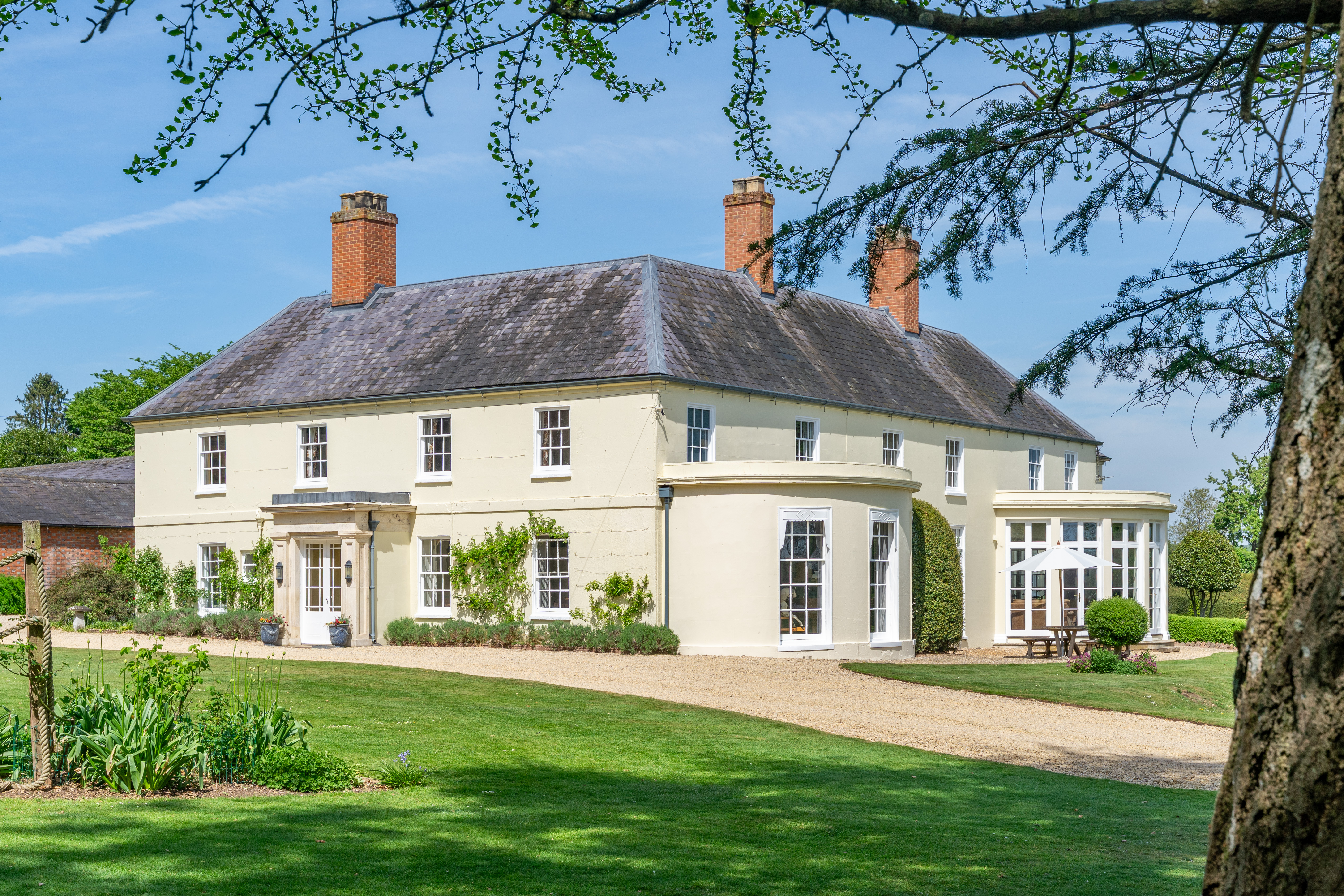Country house histories: The Hearth Tax
Ellen Leslie takes a look at one of the more obscure property taxes, The Hearth Tax, introduced in 1662

I have written about many property taxes and laws that have not only changed the look of our buildings but also the way we live, from the Building Ordinance of 1212, the London Building Act of 1667 and the Window Tax of 1696.
The one that I am often asked about though is The Hearth Tax. What makes it stand out for many people is the very idea that this essential source of warmth and of nutritious cooked food was taxed at all! What makes it stand out for me though, is that despite its popularity in people's imaginations, it only covers 17 years of our nation's history. Unlike the Window Tax that hung around for over 150 years (from 1696 to 1851), the tax on how many chimneys and therefore fireplaces we had is a relative blip in time.
* Subscribe to Country Life and save £40%
The Hearth Tax was introduced in England and Wales in 1662, soon after Charles II accession to the throne but then repealed by his successors, William III and Mary II in 1689.
It was introduced as part of an emergency finance measure and generally required payment of one shilling per hearth in a household made payable at Michaelmas (29 September) and on Lady Day (25th March). But despite the apparent simplicity of this tax, its administration and collection became complicated and was not very well organised.
The hearth tax was payable by people whose house was worth more than 20 shillings a year, and who contributed to local church and poor rates (tax to support the local poor). As a result, the hearth tax assessments don't provide anything approaching a comprehensive record of the population at the time.
Large numbers of people were exempt from payment, such as paupers and people inhabiting houses worth less than 20s a year who did not have any other property over that value, nor an income of over £100 a year. Also exempt were charities with an income of less than £100, and industrial hearths such as kilns and furnaces (but not smithies and bakeries).
Exquisite houses, the beauty of Nature, and how to get the most from your life, straight to your inbox.
However, although these groups were not charged, in many cases the officials were issued exemption certificates for those not eligible, and these documents have also survived in many places.
Most of today's surviving records are from the time when it was run by royal officials. At other times the collection was undertaken by private tax collectors, who paid a fixed sum to the government in return for the privilege of collecting the tax. These "contractors" were not required to send their assessments into the Exchequer in London though; so many records have not survived.
For me as a buildings historian the Hearth Tax is disappointingly incomplete and where buildings are recorded, tantalisingly economic with the details. The reality of the surviving records is that they are merely a tiny historical snapshot and real facts can be frustratingly illusive. However, in its defence, it can also be a valuable link between the sometimes obscure medieval records and the more familiar early modern documentation of the 18th and 19th centuries. To see which records survive in your area, it is worth looking at Hearth Tax Online www.hearthtax.org.uk Ellen Leslie BA (Hons) Dip Cons (AA) is an historian who researches and assesses buildings for building conservation and property professionals as well as private home owners. She studied at the Architectural Association's School of Architecture and attained the Postgraduate Diploma in the Conservation of Historic Buildings. Ellen had previously graduated with honours from Birkbeck College in Politics, Philosophy and History. She is an Affiliate Member of the IHBC. Ellen also blogs about her work on www.building-storeys.blogspot.com
This is an article from ProjectBook which provides a wide range of information for the conservation, restoration, care and repair of period and listed buildings. Ellen Leslie is a member of the Heritage Register which contains over 500 vetted craftsmen, contractors and consultants from all over the UK.
Country Life is unlike any other magazine: the only glossy weekly on the newsstand and the only magazine that has been guest-edited by His Majesty The King not once, but twice. It is a celebration of modern rural life and all its diverse joys and pleasures — that was first published in Queen Victoria's Diamond Jubilee year. Our eclectic mixture of witty and informative content — from the most up-to-date property news and commentary and a coveted glimpse inside some of the UK's best houses and gardens, to gardening, the arts and interior design, written by experts in their field — still cannot be found in print or online, anywhere else.
-
 The elegant country home of a motor racing daredevil who drove round the world in a 1936 Bentley and crashed a Range Rover into his own front porch
The elegant country home of a motor racing daredevil who drove round the world in a 1936 Bentley and crashed a Range Rover into his own front porchPeasemore House, with its collection of barns, workshops, stables and more, is an ideal home from which to plan an adventure — something that was a passion of its present owners. Penny Churchill explains more.
By Penny Churchill Published
-
 ‘In my twenties I was asked by a newspaper to test out an orgasm machine. I said, "Absolutely"’: Elizabeth Day on her early career in journalism and consuming passions
‘In my twenties I was asked by a newspaper to test out an orgasm machine. I said, "Absolutely"’: Elizabeth Day on her early career in journalism and consuming passionsThe author and journalist chats to Lotte Brundle.
By Lotte Brundle Published

